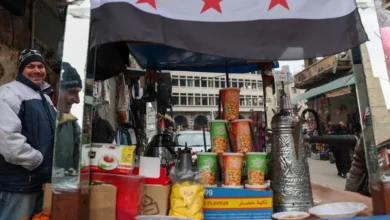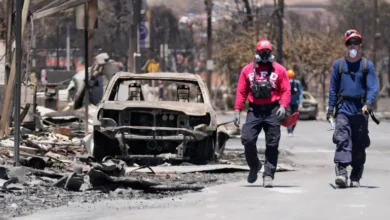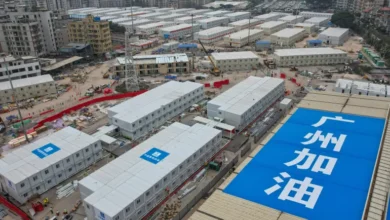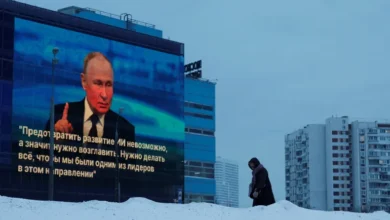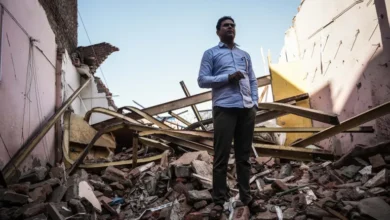Likely all machines at Iran’s main enrichment plant ‘severely damaged’: IAEA chief
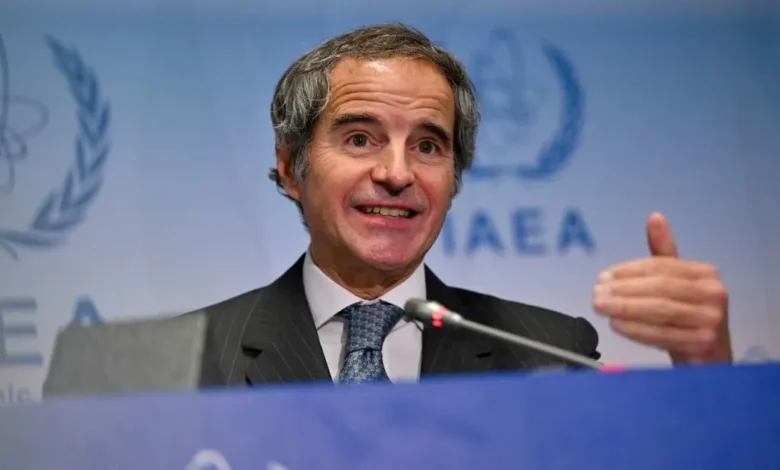
It is very likely all the roughly 15,000 centrifuges operating at Iran’s biggest uranium enrichment plant at Natanz were badly damaged or destroyed because of a power cut caused by an Israeli strike, the UN nuclear watchdog chief said on Monday.
The International Atomic Energy Agency and its Director General Rafael Grossi had previously said the centrifuges at the underground enrichment plant at Natanz may have been damaged as a result of an airstrike on its power supply, even though the hall housing the plant itself did not seem to have been hit.
“Our assessment is that with this sudden loss of external power, in great probability the centrifuges have been severely damaged if not destroyed altogether,” Grossi said in an interview.
“I think there has been damage inside,” he said, going further than in an update to an exceptional meeting of his agency’s 35-nation Board of Governors hours earlier.
Power cuts pose a threat to the fragile, finely balanced machines that spin at extremely high speeds.
Israel’s airstrikes have put at least two of Iran’s three operating uranium enrichment plants out of action. The above-ground pilot enrichment plant at Natanz was destroyed, Grossi repeated in his update to the board.
Grossi told the board no damage was seen at the separate Fordow enrichment plant dug deep into a mountain, later said: “There is very limited if any damage registered (there).”
While the IAEA has not been able to carry out inspections since the attacks, it makes extensive use of satellite imagery.
Grossi elaborated on the damage to four buildings at the Isfahan nuclear complex, including a uranium-conversion facility that turns “yellowcake” uranium into uranium hexafluoride, the feedstock for centrifuges, so it can be enriched to higher fissile purity.
“Four buildings were damaged in Friday’s attack: the central chemical laboratory, a uranium conversion plant, the Tehran reactor fuel manufacturing plant, and the UF4 (uranium tetrafluoride) to EU (enriched uranium) metal processing facility, which was under construction,” he said.
Grossi later went further, said: “In Isfahan you have underground spaces as well, which do not seem to have been affected.”
A senior diplomat said those underground spaces are where much of Iran’s most highly enriched uranium stock is stored, but it will require closer examination to fully assess the situation there.
